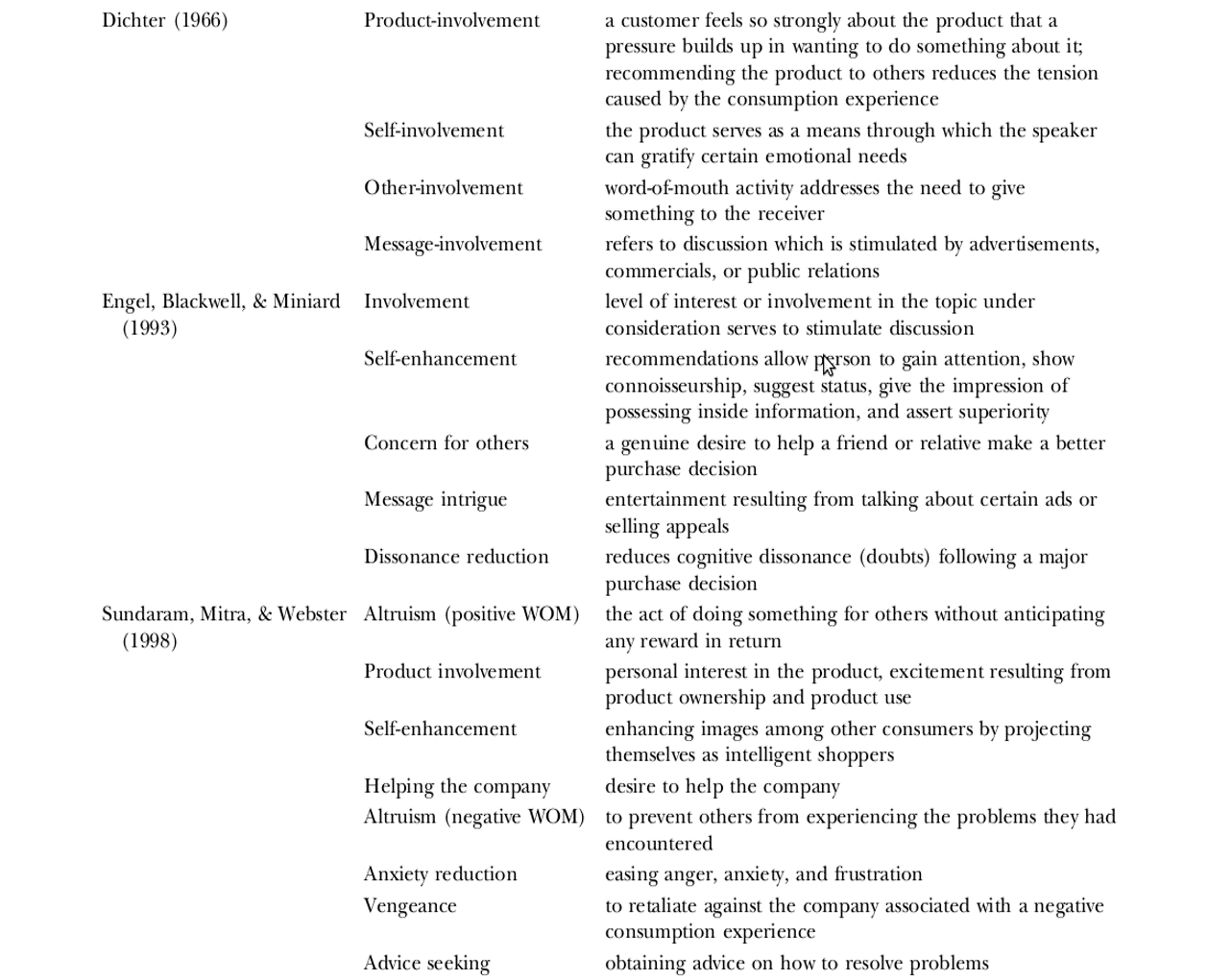Noun
A word or phrase preceded by a hash sign (#), used on social media websites and applications, especially Twitter, to identify messages on a specific topic
Hashtags (#) are used to bring social media users who are engaged around a particular topic, category or event together into one connected feed. Hashtags can be used as a means of marketing by contributing to or starting a new hashtag campaign or trend. They are no longer restricted to an individual social network, but spread across several.
Hashtag – Word of the Year 2012, American Dialect Society
Interbrand found that over 65% of tweets included at least one or more hashtags.
Three Core Marketing Strategies for Hashtags
- • Brand your business and marketing campaigns
- • Catch real-time trending topics
- • Expand the reach of your content updates
Brand Hashtags
A brand hashtag should define your business and be used as the brands unique signature tag. It could be the name of the brand, or a tagline often associated with your business such as #justdoit (Nike).
It is important to choose a hashtag that it is not already associated with another brand or meaning. It should be short and easy to spell, and encourage people to actively use it.
Example:
KitKat #HaveABreak, Instagram
Their consumers consistently use #HaveABreak across several social media platforms to share their photos and engage with the community, whilst Kit Kat acquire lots of authentic images of consumers enjoying their product.
Campaign hashtags
Campaign hashtags allow customers to engage with you and other customers throughout the duration of your special offer. The use of your hashtag could be used as a requirement to enter your contest.
Example:
Home Depot, Instagram
Home Depot ran a photo contest on both Twitter and Instagram of bucket drumming to celebrate the start of college football using #HDgameday.
Another incentive to engage people is to share their photos on the brands main page.

Trending Hashtags
A trending hashtag is a hashtag topic that has become very popular. They continuously change and have the potential to allow your content to be seen by a massive audience, not just by fans and followers. Note: Spamming trends when they are unrelated to your business can actually get your Twitter account suspended. Twitter and Google+ show trending topics on their pages.
Monitor trends;
- Hashtags.org – for trending, declining and constant trends
- Statigram – for Instagram trends and finding alternatives hashtags
- Trendsmap – a visual map of geographic hashtag trends
When a trend relevant to your business makes an appearance, it is the perfect opportunity to make a content update including the trending hashtag.
Example:
Oreo used the trending hashtag #FashionWeek on Twitter.
Content Hashtags
Content hashtags are common hashtags, and help develop the SEO of your posts. They are not used to define a brand, or branded, or trending. They are simply common hashtags relating to post content. Hashtag categories include location, lifestyle, events or product. They are much more general.
Analyzing Hashtags
There are many online analysis tools that allow you to keep on track of their reach.
Example: Nike

Ritetag, 2016
https://ritetag.com/ allows you to analyse previous tweets and their reach.

Hashtagify, 2016
http://hashtagify.me/ creates a visual graph of the top hashtags relating to a particular topic. It gives you statistics on the popularity and correlation score, and allows you to identify patterns of hashtag use across social media sites.
Hashtagify, 2016
You can click on one of the related hashtags which will then create a visual graph relating to that hashtag, see above.

SEMrush, 2016
https://www.semrush.com/ The related keyword report, combined with other research and analysis tools, is a brilliant tool to help find alternative tags for an increased reach. This can improve your hashtag and SEO strategy.
Benefits of using Hashtags
- Used across all social media platforms
- Appear up to date with current events
- Appear relevant to social media followers
- Can increase brand prominence and recognition for campaigns i.e. recent Coca-Cola #shareacoke
- Allows your audience find your content, and to
- Used to monitor levels of engagement and reach
Tweets with hashtags showed 12 percent more engagement (RT, favourite or @ reply) than tweets without a hashtag.
Criticism

https://wicknews.wordpress.com/tag/facebook/ Are hashtags #over? Online media, June 2015
Shadi Rahimi, 2015 argues that they have become less effective over time due to misuse and overuse, and that they no longer guarantee engagement. Further, that the etiquette of the hashtag should be considered more importantly.
Example:
The Freddie Gray shooting in Baltimote. Could a news organization use #BaltimoreUprising as it is where the people are based, or would that direct some one-sided sympathy?
Summary
Hashtags are more than simply categorising posts. They are a valuable tool to gain interest, and require a lot of research and attention to detail. Marketers have developed innovative techniques of using hashtags as a mean to engage conversation, build public support, and bring attention to their brands.











